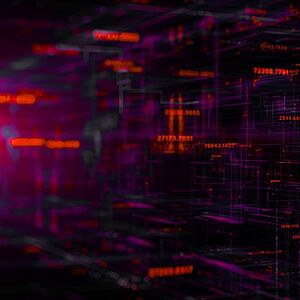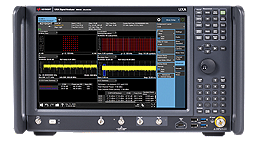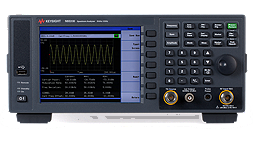Keysight E5053A
Microwave Downconverter
USD 45,804.00
List Price USD 83,280.00
Cannot ship to:
European Union
Switzerland
Norway
Turkey
Unit only ships within China.
Unit ships worldwide.

Keysight Used
Keysight E5053A
From
USD 45,804.00 Save 45%
Get peace of mind only Keysight can offer. With KeysightCare Assured and manufacturer calibration.
Please contact us for available service options.
Beyond RF to Microwave and Millimeter-Wave Frequencies
The E5053A microwave downconverter is designed to operate with the E5052A/B signal source analyzer (SSA). When configured with the E5053A microwave downconverter, the E5052A/B SSA offers exceptional phase noise sensitivity up to 26.5 GHz. Additionally, combining a pair of 11970 series harmonic mixers offers the phase noise measurement up to 110 GHz.
- Expands the maximum frequency of the E5052B to 26.5 GHz
- Cross-correlation technique enhances phase noise sensitivity to microwave and millimeter-wave frequencies
- All functions of the E5052B SSA are seamlessly integrated into the instrument's user interface
- Works with the 11970 series harmonic mixers
- Serves as dedicated microwave downconverter for the E5052A/B signal source analyzer (SSA)
- All functions of the E5052A/B SSA are seamlessly integrated into the E5052A/B SSA user interface. (except baseband noise measurement function)
- Cross-correlation technique enhances phase noise sensitivity to microwave and millimeter-wave frequencies
Accessories only included if shown in the pictures. No power cord included.
Other accessories that are not listed and included in the offer can be purchased separately at an extra cost with your purchase of a Keysight Used or Keysight Premium Used unit. Please specify in the comment field which additional accessories or support you are interested in.
For separate or post-purchase ordering, please contact your local Keysight office or Keysight Partner here. Or check our online store if available for your region here.
























